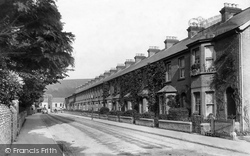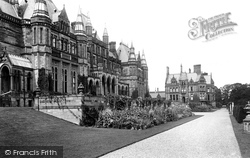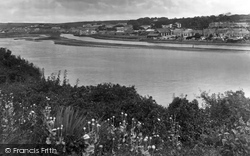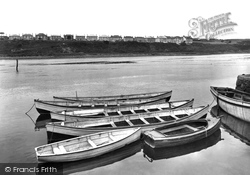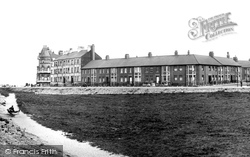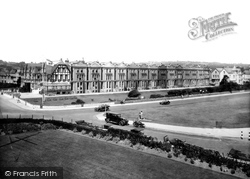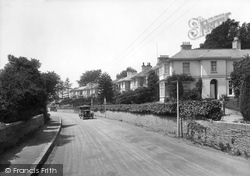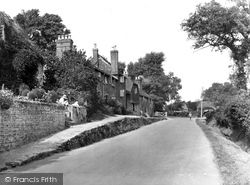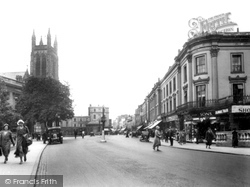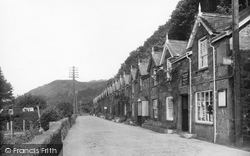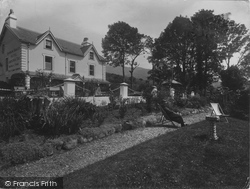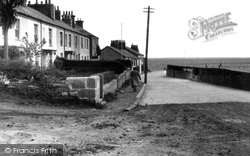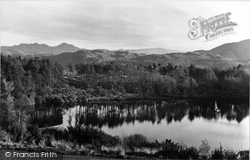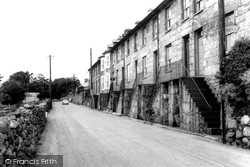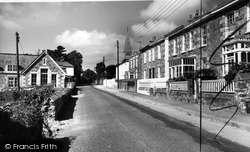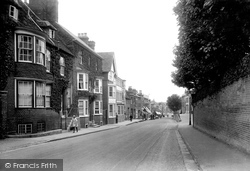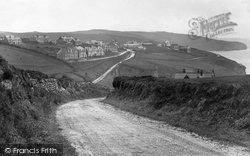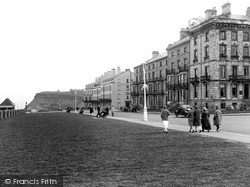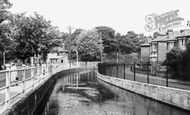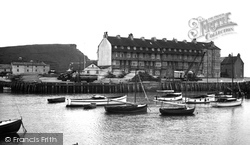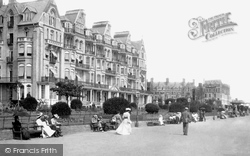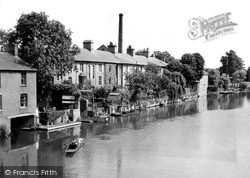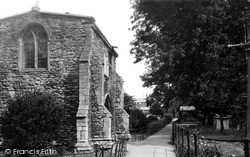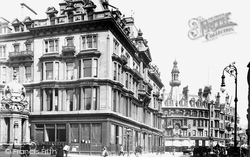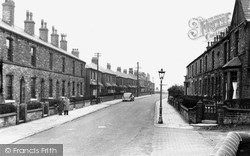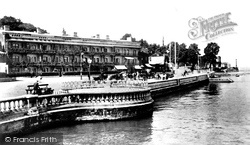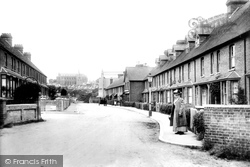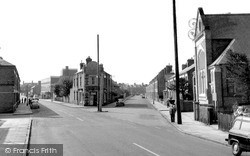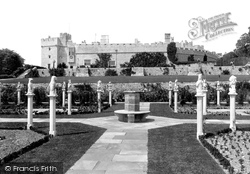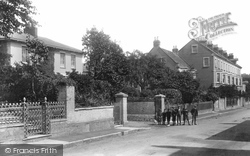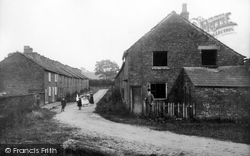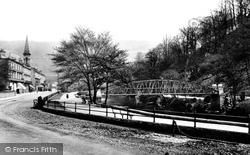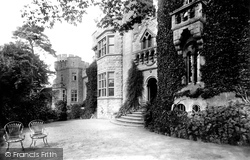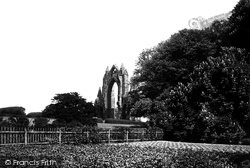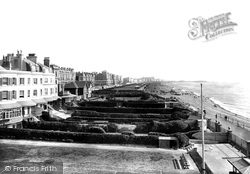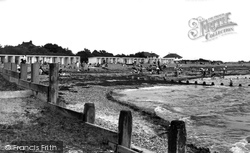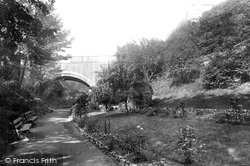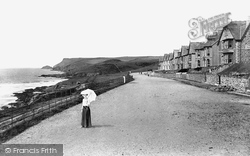Places
3 places found.
Those places high-lighted have photos. All locations may have maps, books and memories.
Photos
1,000 photos found. Showing results 41 to 60.
Maps
22 maps found.
Books
Sorry, no books were found that related to your search.
Memories
912 memories found. Showing results 21 to 30.
Days Gone By
I lived in Fleetwood from around 1948 - 1952. My dad was in the army and we lived in the Drill Hall in (Ithink) Preston Street. I can remember going to the library nearby and playing on the beach near some piers. There was a young ...Read more
A memory of Fleetwood by
Bathing In The River
Montague terrace was home to many children. I remember the Allen's, John, June, Barry, Hazel, Ivan & Valerie. The White's, Maurice and Barbara, The William,s and Smith,s, Joan, Roy, Margaret, Jeffrey, and at least three ...Read more
A memory of Bishopstoke in 1949 by
Police House 1939 45
The Police House was located on Radcliffe Road, Cropwell Butler. (now called 'The Old Police House'). On the front wall it bore a sign bearing the words 'County Police'. From 1939 to 1945 it was occupied by the ...Read more
A memory of Cropwell Butler in 1940 by
Arthog
From early 1960s onwards: At school in London we had 2 summer holidays at Min-y-Don. The first time we travelled by coach, we got lost and arrived in the dark. The following year we came by train from Paddington. We had to change at ...Read more
A memory of Arthog by
Ugbrooke House
I visited Ugbroooke House in June 2009 for an Open Day they hosted to raise funds for local RNLI stations. It is a beautiful old stone mansion with a fascinating history associated with the Clifford family over the centuries. ...Read more
A memory of Ugbrooke Ho in 2009 by
Gribdale Terrace
My memories of Ayton are through Gribdale, I had many relations who lived there, like the Bailey family. If anyone can give me information on any of them, it would be welcome. Thank you. Regards, Albert.
A memory of Great Ayton in 1930 by
Talke A Forgotten Village
As you proceed north along the A34 towards the Cheshire border you will approach Talke traffic lights and on the left and right side of the road there are two areas of grassed land. This grassed area was once the village of ...Read more
A memory of Talke in 1959
Born In Fenny Stratford
I was born at number 8 Woodbine Terrace; in attendance was nurse Brinklow the local midwife and Dr Gleeve. My parents were Jim and Vera Cusack. Just after the begining of the war my mother, ...Read more
A memory of Fenny Stratford in 1948 by
Lightning Strikes
This is August 1953, I was 10. We were playing cricket on the clay field with some older lads, the stumps were iron and came from Spencers steel works which was nearby and stuff like this was easily got. Anyway I remember it was ...Read more
A memory of Newburn in 1953 by
Childhood Memories From 1949
I was born in Hubert Terrace which ran off Bank Street and along to Cuthbert Street. Further down was School Street and Marian Street which ran along to Derwentwater Road, and on Derwentwater Road was Lady Vernon ...Read more
A memory of Gateshead by
Captions
549 captions found. Showing results 49 to 72.
Timber from Scandinavia, with a builder's merchant's lorry and cranes, stand on the Quay beside 1864-built Pier Terrace (right).
This was originally a terrace of very large houses built by Edward Welby Pugin. They failed to sell, and the terrace was converted to a hotel in 1869. In 1873, Pugin was bankrupted.
The Rover 90 is parked outside a row of late 19th-century terraced cottages. These have been replaced by a row of similar, but modern, terraced houses.
During the floods of 1947, the River Ouse rose over the gardens of the twelve houses in River Terrace and drenched the ground floors.
Looking past the south porch towards Church Terrace.
Glasgow began its westward expansion in the late 1830s, when fine terraces were laid out along Sauchiehall Street to Charing Cross and beyond.
Slightly superior to many factory houses, with their small gardens, the terrace on the right has a dated stone on the second house: `Built in the year of AD 1897 Victoria`s Reign`.
At one time, elegant Victorian terraced houses, which were built between l835 and l857, graced the Parade. Apart from the last two terraced houses, these were demolished in the 1930s.
These artisan terraces still line the Ford Road, their view terminated by the Roman Catholic cathedral of St Philip Neri, giving the town on its ridge a distinctly French character in distant views
These red brick terraces were built to house the employees of hosiery and shoe manufacturers at the turn of the century.
Situated to the south east of St Hildas's Church, South Crescent and Albion Terrace were built in the early Victorian period.
The south front of St Donat's overlooks the Bristol Channel, and a series of terraced gardens lead down to the shore.
The fifth cottage down from the start of the terrace, No 84, is a chapel, and No 74 is now the village shop. The last house in the terrace was the master shipbuilder's house, now a pub.
By the time of Queen Victoria's diamond jubilee, when this picture was taken, fashionable Allington Park had been established cheek by jowl with artisan terraces.
Two streets of terraced cottages were constructed, although many workers must have walked there daily from Congleton.
The Hotel is situated in Albany Terrace overlooking St Ives Bay. The hotel has a long pedigree, and has been much extended since this photograph was taken.
This fine terrace of houses is another indication of improved housing design and of the spread of St Ives onto the higher ground overlooking St Ives Bay.
Another view of Derwent Terrace and the Promenade. This shows the Jubilee Bridge crossing the Derwent - the bridge was erected to mark the jubilee of Queen Victoria's reign.
It is fun to imagine who might have been sitting on the terrace on those rustic iron garden chairs before the Frith photographer arrived.
The clump of trees to the right of the picture are the Monks' Walk, and above the paling fence is the wall of the Long Terrace.
Courtenay Terrace is the only group of houses which had gardens backing onto the beach.
Doubtless state-of-the-art in 1955, these flat-roofed terraced beach huts typify the immense popularity of the post-War summer seaside holiday and day trips, but have long been demolished.
The deep medieval moat with its 1825 bridge was turned into delightful gardens with terraces and benches. They remain virtually unchanged, but away to the left is now the Castle Mall shopping centre.
This fine Edwardian terrace, with its breathtaking views, would not long have been completed when this photograph was taken. It stands at the top of the low cliffs visible in photograph No 86689.
Places (3)
Photos (1000)
Memories (912)
Books (0)
Maps (22)


